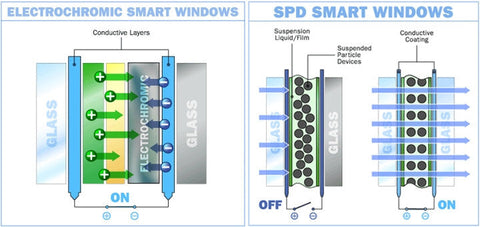News — ITO
[Science] New research enables large-scale manufacture of low-cost, printable perovskite solar cells
Posted by MSE Supplies on
The new perovskite solar cells have achieved an efficiency of 20.1 per cent and can be manufactured at low temperatures, which reduces the cost and expands the number of possible applications. Credit: Kevin Soobrian A U of ...
Smart windows startup, View, gets $100M megafunding. Smart Windows Market Expected To Grow to More Than $5.8 Billion by 2020
Posted by MSE Supplies on
Milpitas, CA based smart windows startup, View, gets $100M megafunding, which adds to the total funding of View to half a billion dollars so far. The smart windows that companies like View has been developing is far more expens...
[Nature Energy] NREL Research Pinpoints Promise of Polycrystalline Perovskites
Posted by MSE Supplies on
A team of scientists from the Energy Department's National Renewable Energy Laboratory (NREL) determined that surface recombination limits the performance of polycrystalline perovskite solar cells. Considerable research into pe...
Record-breaking photovoltaic (PV) cells: understanding the current and future state of solar technology
Posted by MSE Supplies on
Over the last several decades, scientists and engineers at national labs, universities, and private companies continue to explore and develop new types of cells and push the capabilities of existing ones, because an ideal techn...
Understanding of Hybrid Organic Inorganic Perovskites (HOIPs) Could Lead to Novel Solar Cells
Posted by MSE Supplies on
In a discovery that could have profound implications for future energy policy, scientists at Columbia University have demonstrated that it is possible to manufacture solar cells that are far more efficient than existing silicon...

![[Science] New research enables large-scale manufacture of low-cost, printable perovskite solar cells](http://www.msesupplies.com/cdn/shop/articles/Science_New_research_enables_large-scale_manufacture_of_low-cost_printable_perovskite_solar_cells_large.jpg?v=1487489736)
